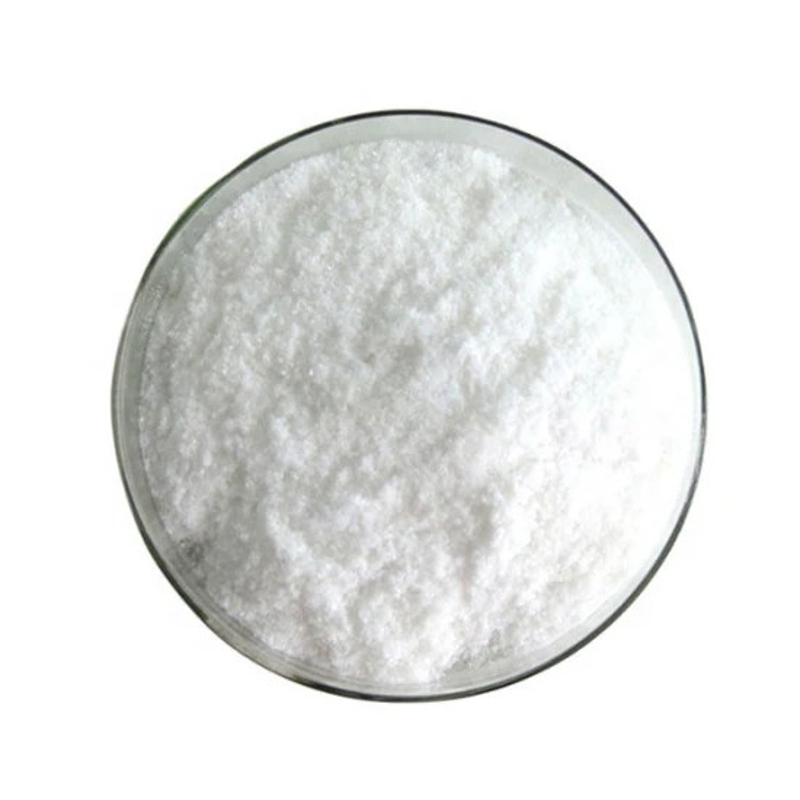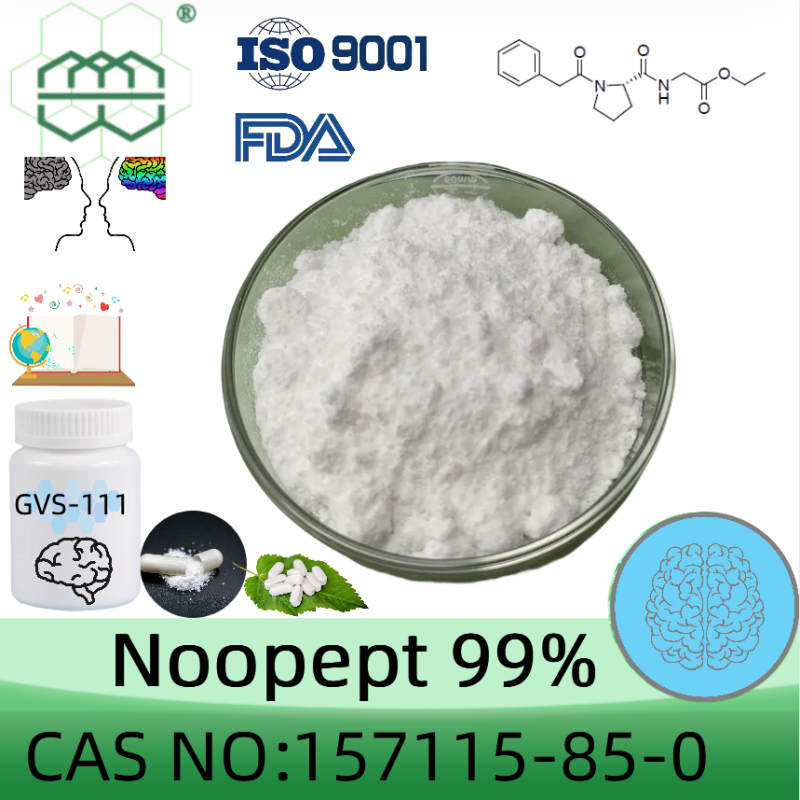-
Categories
-
Pharmaceutical Intermediates
-
Active Pharmaceutical Ingredients
-
Food Additives
- Industrial Coatings
- Agrochemicals
- Dyes and Pigments
- Surfactant
- Flavors and Fragrances
- Chemical Reagents
- Catalyst and Auxiliary
- Natural Products
- Inorganic Chemistry
-
Organic Chemistry
-
Biochemical Engineering
- Analytical Chemistry
-
Cosmetic Ingredient
- Water Treatment Chemical
-
Pharmaceutical Intermediates
Promotion
ECHEMI Mall
Wholesale
Weekly Price
Exhibition
News
-
Trade Service
Coffee is the main source of livelihood for about 15 million Ethiopians and one of the country's main foreign exchange-earning expor.
Ethiopia is the largest coffee exporter in Africa, and its organic coffee production accounts for 95% of the total in Afri.
Ethiopia is the largest coffee exporter in Africa, and its organic coffee production accounts for 95% of the total in Afri.
Shafee, deputy director of the Ethiopian Coffee and Tea Authority, said that the goal of the above strategy is to upgrade the industrial value chain, increase the ability of Ethiopian coffee exports to earn foreign exchange, and increase the income of millions of coffee growe.
By 2033, annual coffee production is expected to increase from 70,000 tons in 2019 to 26 million tons, export revenue to rise to between $6 billion and $6 billion, and annual farmer income to increase from $468 million in 2019 to $7 billion to $7 billi.
between $5 billi.
By 2033, annual coffee production is expected to increase from 70,000 tons in 2019 to 26 million tons, export revenue to rise to between $6 billion and $6 billion, and annual farmer income to increase from $468 million in 2019 to $7 billion to $7 billi.
between $5 billi.
The Ethiopian coffee development strategy was originally scheduled to be launched in 2019, but it has not been implemented due to the impact of the new crown pneumonia epidem.
According to Shafee, the strategy is divided into six parts, corresponding to each link of the coffee industry value chain, namely research, production and promotion, value-added, processing, marketing and industry constructi.
Thousands of people create jo.
According to Shafee, the strategy is divided into six parts, corresponding to each link of the coffee industry value chain, namely research, production and promotion, value-added, processing, marketing and industry constructi.
Thousands of people create jo.







